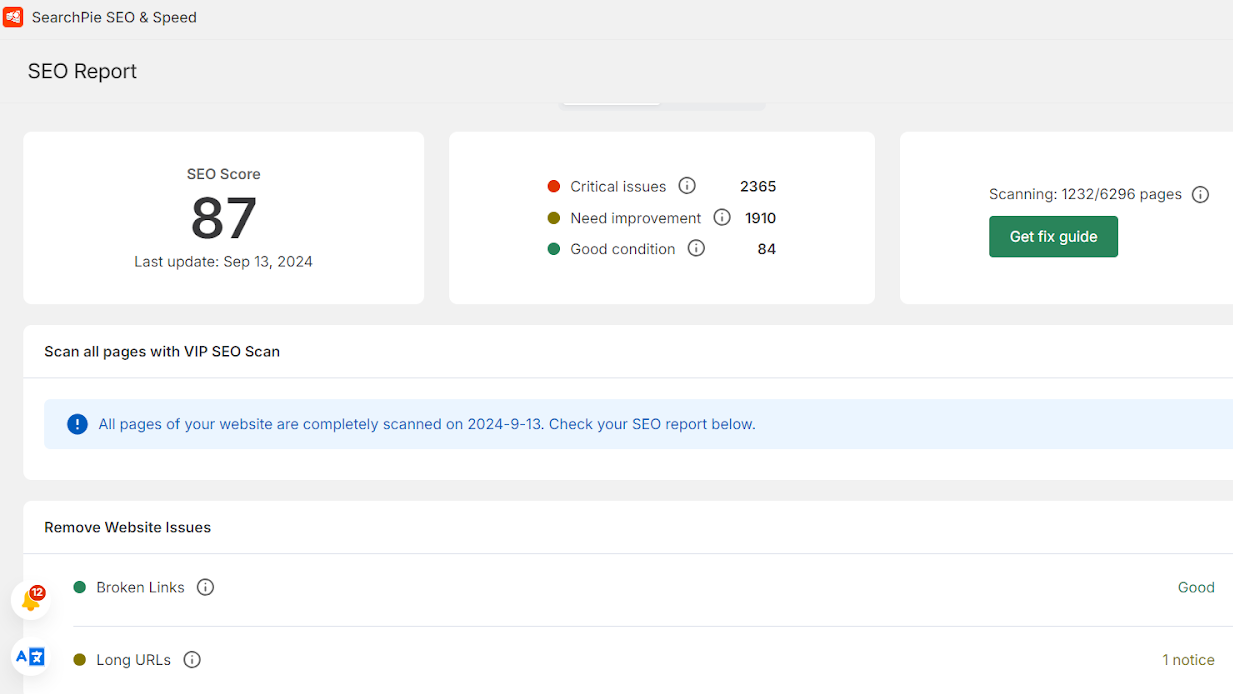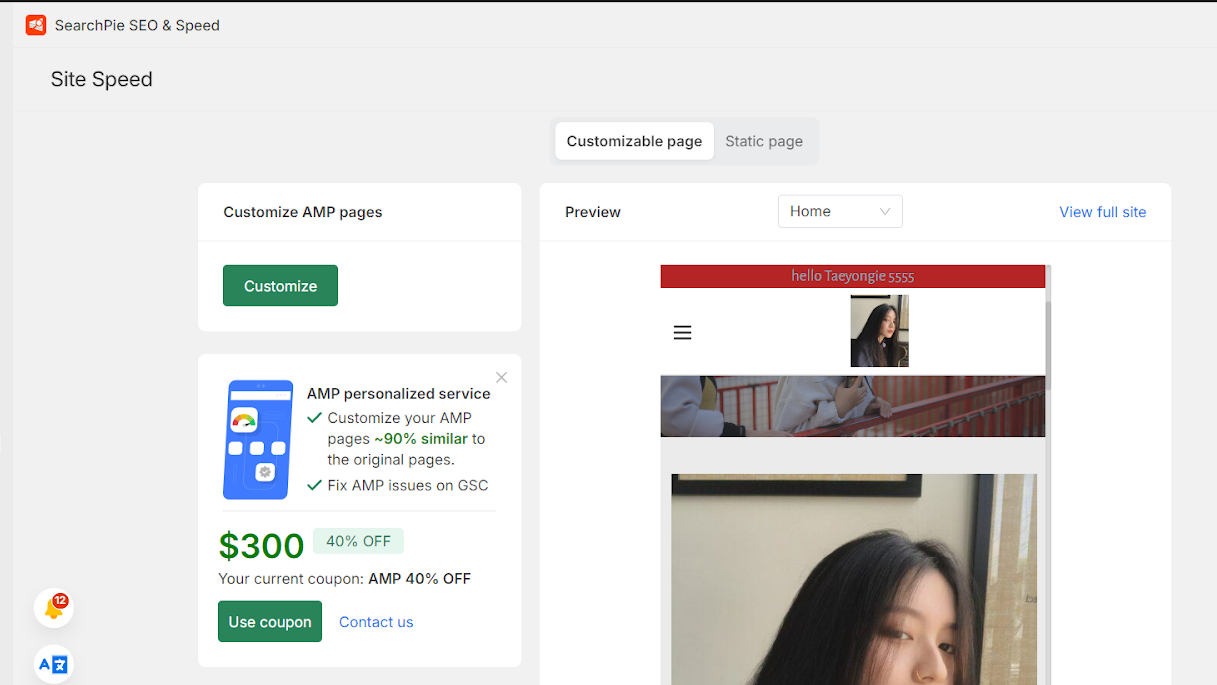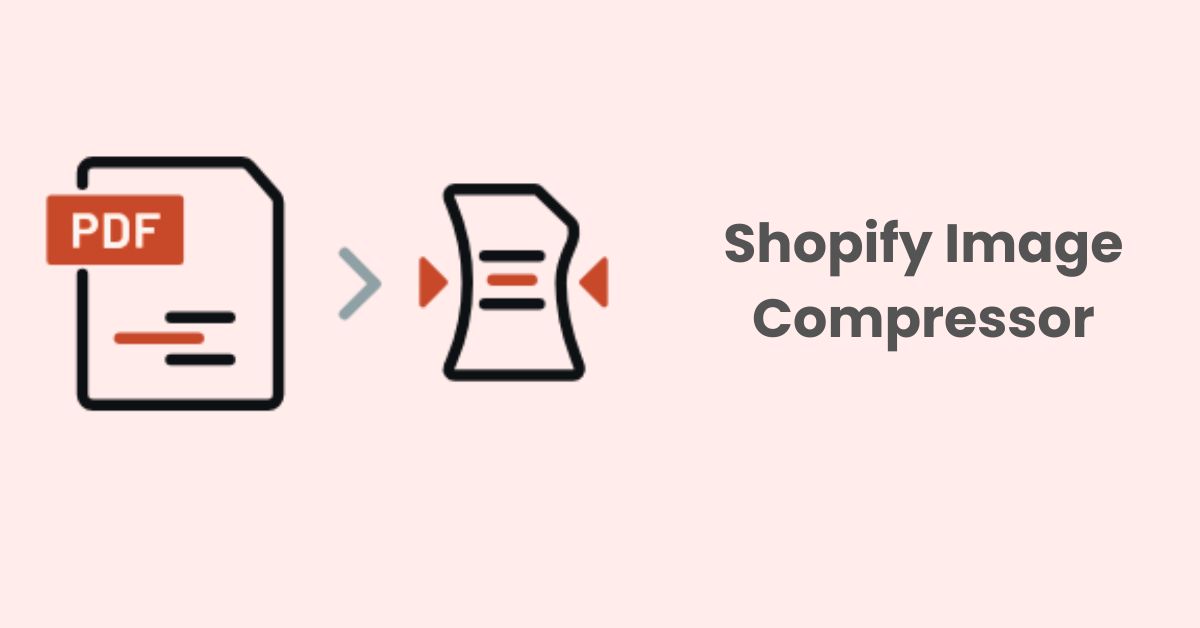Unlocking Growth with Fully Integrated E-Commerce Solutions
According to the report, 84% of consumers feel retailers should do more to integrate online & offline channels. That means customers tend to be interested in a shop that has all online and offline systems.
Let’s get started to learn about integrated ecommerce!
What is Fully Integrated eCommerce?
As the name suggests, fully integrated Ecommerce platforms are Ecommerce solutions that bridge the gap between brick-and-mortar stores and online shops. It helps businesses extend their customer base and offer a consistent shopping experience, no matter where customers choose to shop. This system can be used by businesses of all sizes, from small retail stores to large corporations with multiple locations. By connecting their point-of-sale systems to their online stores, businesses can effectively manage their inventory across all their physical and digital channels.
E-commerce websites rely on various systems like Enterprise Resource Planning (ERP), Customer Relationship Management (CRM), and Content Management System (CMS) to operate smoothly. But if you use these programs independently of each other, you’re likely to face a disjointed technical setup.
On the other hand, if you try to use a single program that runs your front and backend, you’re likely to miss all the benefits that come with a headless commerce setup.
Types of eCommerce Integration
ERP-integrated ecommerce
ERP-integrated ecommerce describes an ecommerce solution that uses an ERP system to power the web store. Enterprise Resource Planning (ERP) systems like SAP, Retail Directions, AP21 and Microsoft Dynamics are crucial for managing business processes. By using erp-integrated ecommerce, you can ensure that your order, inventory, and transaction information are up-to-date. This real-time synchronization helps you make better decisions and run your business more efficiently.
Shipping Integration
With shipping integration, the customers can add items to their online shopping carts and have them delivered directly to their homes. This feature is beneficial for businesses that aim to offer affordable products without compromising on quality.
Storefront Integration
A storefront integration enables a store owner to sell products directly from his website or app using an online store front.
Additionally, the business owner can configure a specific payment method for each merchant and use it to sell their items, making it easier and more hassle-free to reach a larger consumer base.
Merchant Integration
Similar to storefront connections, merchant integrations let you use an existing merchant account to accept payments and add items to your shopping cart. This eliminates the need for any additional coding or setup on your end, which speeds up the process significantly.
Customer Relationship Management (CRM) Integration
The most common type of integration between an eCommerce platform and a sales and marketing system is customer relationship management. According to a Talkdesk survey, for example, 49 percent of customers ended their relationship with a brand in the past year due to a poor customer experience.
George El-Hage, CEO of Wave Connect, says, “At Wave Connect, integrating CRM with our eCommerce platform was a game changer. By centralizing customer data, we gained a deeper understanding of their preferences and behavior, which allowed us to tailor our approach and improve the overall experience. This has directly contributed to a significant reduction in customer churn and a 25% increase in repeat business. CRM integration has truly empowered our team to deliver more personalized, timely service and has strengthened our customer relationships across the board.”
POS Integration
A sale system-integrated POS and e-commerce platform allows businesses to seamlessly manage in-store and online sales, synchronize inventory, track customer data, and streamline operations. POS have been available for many years, and because of their adaptability and capacity to connect with other systems, such accounting or inventory management software, they have grown in popularity over time. Retailers may easily manage their inventory from any point-of-sale device, such as an iPad, laptop, or iPhone, with the help of eCommerce POS integration.
What Are the Benefits of Integrated Ecommerce Platforms?
This section refers to the reason why integrated ecommerce platforms should be considered as a good solution for running a business in this age of technology.
Let’s find out the fully integrated ecommerce platforms benefits!
Streamlined eCommerce operations
The core of integrated e-commerce platforms lie in enhancing operational efficiency. By connecting your various systems, you minimize the chances of errors and eliminate manual data entry. Orders from your online store can automatically sync with your ERP integrated ecommerce, ensuring inventory updates. This integration greatly reduces administrative tasks, freeing up your team to focus on more strategic projects rather than day-to-day operations.
Accurate Inventory Levels
When you use an eCommerce platform, you can easily manage all your products and their pricing information without having to manually update it every day or week. Additionally, it’s simple to monitor sales data for every product category, giving you a clear picture of how well your goods are performing in comparison to competitors.
Better visibility and reporting
By accessing real-time data on sales, inventory, and customer behavior, you can make informed decisions to improve your processes and adapt to market changes. This data-driven approach helps brands create detailed reports on their online retail performance, driving growth and success.
Personalization and customer experience
The fully integrated eCommerce solutions enhance the customer experience. When all systems work together seamlessly, businesses can offer personalized recommendations based on customer preferences and purchase history.
What are the Obstacles in Integrated Ecommerce Platform?
There are many potential obstacles when it comes to integrating eCommerce. Here are some of the challenges:
Data Integration
A key challenge in integrating e-commerce is handling the large amount of data. This data, including customer information, product details, transactions, and inventory, needs to be combined with your existing systems like the enterprise resource planning (ERP) system, customer relationship management (CRM) system, and supply chain management (SCM) system.
Outdated Systems
Many businesses still rely on outdated systems that don’t work well with eCommerce platforms. Old systems often lack the necessary features for eCommerce functionality, requiring an upgrade to more modern solutions. Without a clear strategy for replacing these outdated systems, businesses may face ongoing difficulties in adapting to new technologies and leveraging features like mobile shopping or social media integration.
User Experience Integration
User experience integration is another critical challenge when integrating e-commerce systems. This involves the system’s design, layout, and functionality. E-commerce platforms need to offer a seamless and intuitive user interface to attract and retain customers.
However, integrating user experience can be difficult due to varying user interfaces, design principles, and behaviors across different systems. This can lead to a disconnected and confusing experience, potentially impacting conversion rates and customer satisfaction.
Integrated Ecommerce Solutions with Useful Tools
Choosing the right integrated e-commerce solution can significantly impact your online business’s success. Here are some highly-regarded options:
Comprehensive Platforms:
There are numerous integrated eCommerce platforms to choose from, each with its unique features and pricing. Popular options include:
Shopify: A widely used platform that enables businesses to create online stores and connect them to physical locations. It offers features like inventory management, payment processing, and customizable templates.
Squarespace: A popular point-of-sale system that also includes integrated eCommerce capabilities. It allows businesses to connect physical stores with online stores and manage inventory and sales centrally.
Wix: An eCommerce platform that helps businesses create online stores and manage inventory and sales. It offers features like inventory management, payment processing, and customizable templates.
Plan Your Integration Strategy:
Outline your integration strategy, including timelines, resources, and key stakeholders involved in the process. Define clear objectives and milestones to guide the integration process effectively. And if you want to learn about integration strategy, read more on this website: https://www.getjop.com/blog/integration-strategy
Integrate Your E-commerce Platform with Your Website:
Integrate your chosen e-commerce platform with your website seamlessly to create a positive online shopping experience for customers. Ensure that the integration is smooth and does not disrupt your website’s existing features.
In addition to platform-specific tools, merchants can also consider universal SEO solutions like Ahrefs and Semrush. These apps work across all types of websites—whether you’re on Shopify, WooCommerce, Magento, or a custom CMS—and are especially useful for in-depth keyword research, backlink analysis, competitor tracking, and technical SEO audits.
For merchants who want a deeper understanding of which tool suits their business needs best, we recommend reading our article: Ahrefs vs SEMrush: Comparison for Merchants in Need. It provides a clear side-by-side look at their strengths, helping you make a more informed decision based on your SEO priorities.
For Shopify merchants, you can consider SearchPie SEO & Booster:
To detect and fix issues on your website, SearchPie is one of the top tools. This tool provides users many utilities such as: detect GSC issues, fix URL, optimize display on Search Engine, etc.

Set Up Product Listings and Categories:
If you’re unsure how to set up a Shopify store with proper structure and categories, start by creating comprehensive product listings. Include detailed descriptions, high-quality images, and relevant attributes to provide customers with all the information they need to make informed purchasing decisions.
Implement Secure Payment Gateways:
Incorporate secure payment gateways to ensure seamless and secure transaction processes. There are many types of payment gateways like Paypal, Square, Apple Pay. And the most suitable one based on your needs.
Optimize for Mobile Responsiveness:
Ensure that your e-commerce platform is optimized for mobile responsiveness to provide a seamless shopping experience across devices. Mobile optimization is essential for reaching and engaging mobile users, who represent a significant portion of online shoppers.
With SearchPie app, users can optimize their website visibility to be convenient to mobile, and increase speed.
This is one of the best methods to help streamline your customer experience .
Moreover, offer personalized recommendations, seamless navigation, responsive customer support, and hassle-free returns to delight customers and keep them coming back.
Implement Digital Marketing Strategies:

Develop and implement digital marketing strategies to drive traffic to your e-commerce platform and increase visibility. Utilize techniques such as search engine optimization (SEO), social media marketing, email marketing, and paid advertising to reach your target audience effectively.
Set Up Inventory Management Systems:
Implement robust inventory management systems to track stock levels, manage product availability, and automate replenishment processes. Effective inventory management ensures that you can fulfill orders promptly and minimize stockouts.
Conclusion
By connecting your company’s planning, marketing and inventory software with your B2B e-commerce platform, you can leverage data and insights to create a customer-focused website that boosts sales while giving you more time to discover new ways to meet your customers’ needs.
Importantly, in the integrated ecommerce platforms process, choosing a reliable tool to boost results, save time and expenses.
Reach better results for optimizing your website with SearchPie!





